
Features
5 Liverpool female trailblazers who paved the way for the future
3 years ago

Today celebrates women’s achievements all around the world, with organised conferences and rallies, networking events and marches.
You can’t really know where you’re going, until you know where you have been. As today, March 8, is International Women’s Day (IWD), we thought we would pay tribute to the iconic female trailblazers in Liverpool, from years gone by.
Bessie Braddock
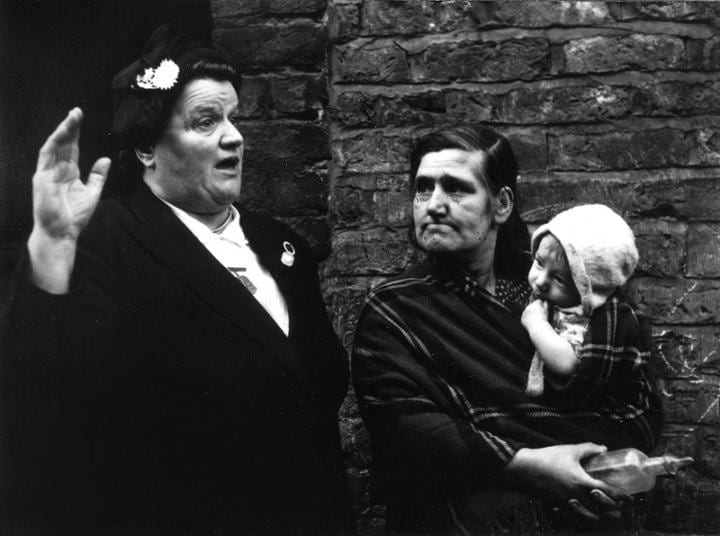
To the working class of Liverpool she was “our Bessie”, but to the media she was “Battling Bessie”. Throughout her life, Elizabeth Braddock campaigned tirelessly, and without restraint, to improve conditions for her home city’s under-privileged.
Bessie Braddock (Bessie Bamber) was born in Liverpool in 1899. Her mother, Mary Bamber, was a left-wing political activist committed to social reform and Bessie followed in her mother’s footsteps.
After becoming disillusioned with the Communist Party, she joined the Labour Party in 1926. Her husband John ‘Jack’ Braddock was also a member and later became leader of Liverpool City Council.
She was elected as a Member of Parliament for Liverpool Exchange in the post-war 1945 election, she was also a member of the Labour Party National Executive Committee and in 1968 was vice-chairman of the Labour Party.
She fought for better housing and conditions for the people of Liverpool and when eventually the Council built a new modern block of flats “The Braddocks” which were named in her honour.
She died in November 1970 seven months after being made a freeman of the city of Liverpool in recognition of her work for her home city. In 2003 Bessie Braddock was voted eighth in a BBC poll of Greatest Merseysiders.
Eleanor Florence Rathbone
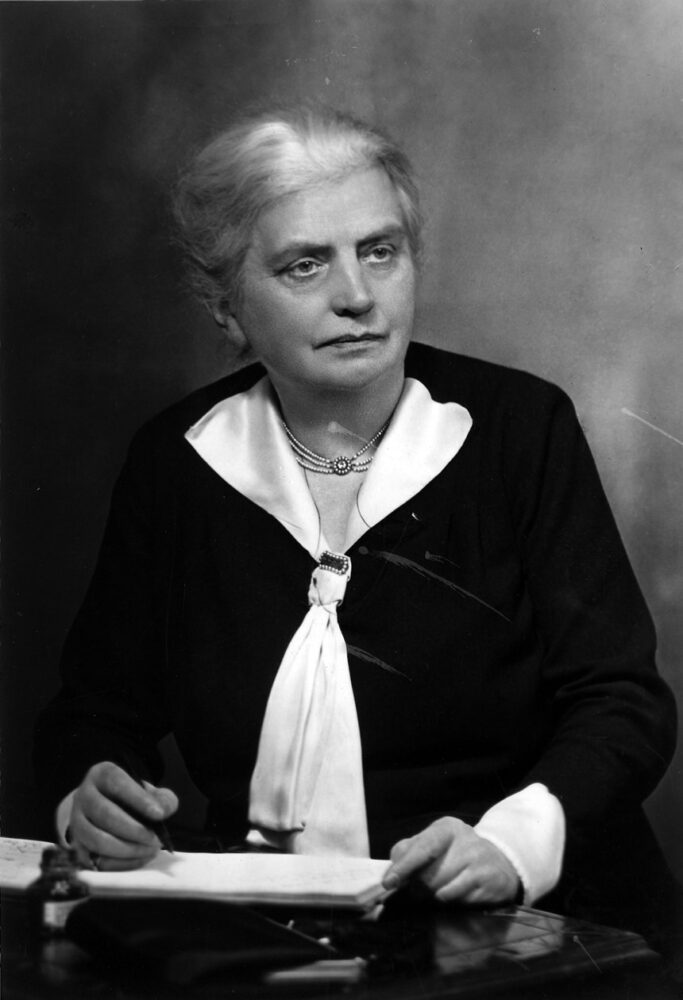
Born on 12 May 1872 she was the daughter of the social reformer William Rathbone VI and his second wife, Emily Lyle. Her family encouraged her to concentrate on social issues.
Eleanor went to Kensington High School, London, and later studied in Somerville College Oxford. However, she was not allowed to graduate as graduation was not allowed for women at Oxford until after October 1920.
She began working alongside her father to investigate social and industrial conditions in Liverpool until William Rathbone died in 1902. She was without doubt one of Liverpool’s foremost pioneering daughters, campaigning to improve the lives of other women she was a self confessed “whole-hearted feminist”, is one of six women to appear on a commemorative set of stamps.
She represented Granby ward for 25 years, from 1909 to 1934 and her family home, Greenbank House, is now marked with a blue plaque bearing her name.
Lucy Cradock
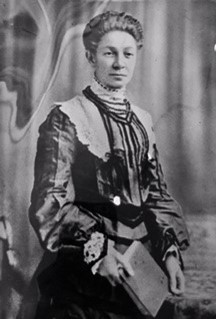
The first woman doctor to practise in Liverpool, she established and ran a surgery at 52 Huskisson Street in the city and lived at 29 Catharine Street. Lucy also worked at the dispensary of the Victoria Settlement. She was the only woman doctor associated with The Liverpool Medical Institute at 114 Mount Pleasant, one of the oldest medical societies in the world.
In October 1888, the council of the LMI debated whether to allow her, a woman, membership. Lucy had written a humble letter, acknowledging possible objections to her attending meetings and reassuring that she would only attend if papers of great interest were to be presented, and that she was ready ‘to take a hint’ and leave if her presence hindered discussion.
Cradock was elected, despite some opposition, although she was kept to the periphery at the beginning at least.
Alongside her private practice Lucy served as Medical Officer to the Female Staff of the Liverpool Post Office, became House Physician to the Women’s Hospital in Shaw Street and served on the Dispensary Board of the Victoria Settlement.
She was also a medical attendant to the School for the Blind, and medical officer to the women students of the University Training School. She remained in Liverpool until her death in 1903, at the age of fifty-three.
Kitty Wilkinson
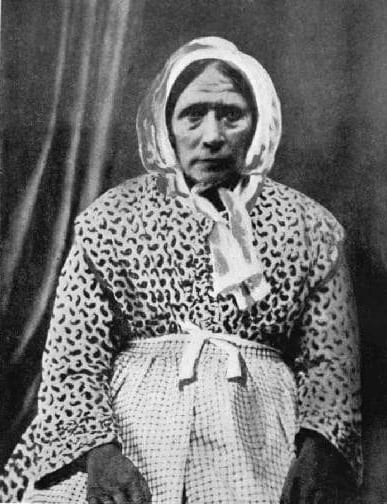
Catherine “Kitty” Wilkinson became the superintendent of the first wash-house for poor people in Liverpool (and Britain) on Upper Frederick Street in 1842.
Kitty was born Catherine Seaward in Londonderry, in 1786. When she was only a few years old, her working class parents took the Irish ferry to Liverpool in order to better themselves.
Dubbed ‘the Saint of the Slums’, Kitty Wilkinson was responsible for saving many lives, in 1832, during a cholera epidemic, Kitty took the initiative to offer the use of her house and yard to neighbours to wash their clothes, at a charge of 1 penny per week, and showed them how to use a chloride of lime to get them clean.
She was supported by the District Provident Society and William Rathbone. In 1832 a cholera epidemic was sweeping Liverpool, Kitty and Tom Wilkinson were in the fortunate position of having the only hot water boiler in their street so they invited their neighbours down to their cellar to wash their clothes and bed-linen, hoping to offer some measure of protection against the cholera.
When the cholera epidemic passed, there were many orphaned children who were neglected and even living rough. Kitty took in twenty of them every morning and read stories to them and taught them hymns in her bedroom. They enjoyed themselves so much that Kitty was forced to hire a room and employ another woman to teach them.
Kitty lost her husband Tom who died in 1848. She outlived him by twelve years and died aged 73. This was considered to be a great age, in a time when people did not live far beyond their 40th birthday.
Lizzie Christian

Born in the Brownlow Hill area, Lizzie Christian was a legendary flower seller in Clayton Square, Liverpool, for more than 60 years. Her pitch in the city centre was as well known as Owen Owen or Lewis’s.
She was there from 9.00am – 6.00pm, six days a week, and on Sundays you would also find her outside the old Newsham General Hospital, on Belmont Road.
Lizzie was born in Hawke Street, Brownlow Hill, the eldest of twelve; she married at 20, and brought up seven children. She supported her family by scrubbing steps, then by selling flowers from a big basket, to “posh” people in the suburbs of south Liverpool, and then from her famous flower stall in Clayton Square.
Lizzie’s place in street trader folklore was chronicled in Mike Kelly’s book, Mothers of the City.



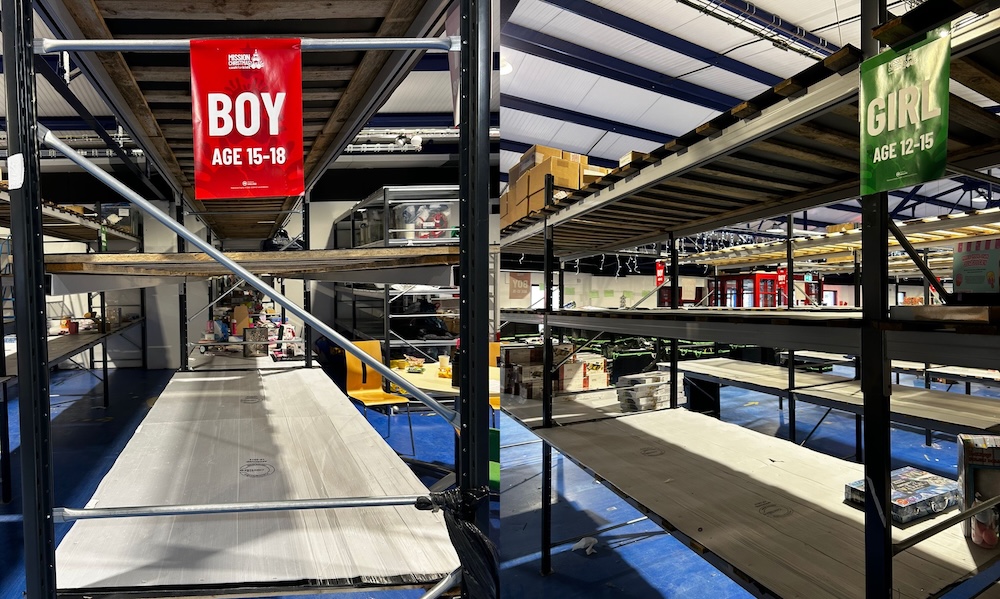





 Subscribe
Subscribe Follow Us
Follow Us Follow Us
Follow Us Follow Us
Follow Us Follow Us
Follow Us Follow Us
Follow Us











